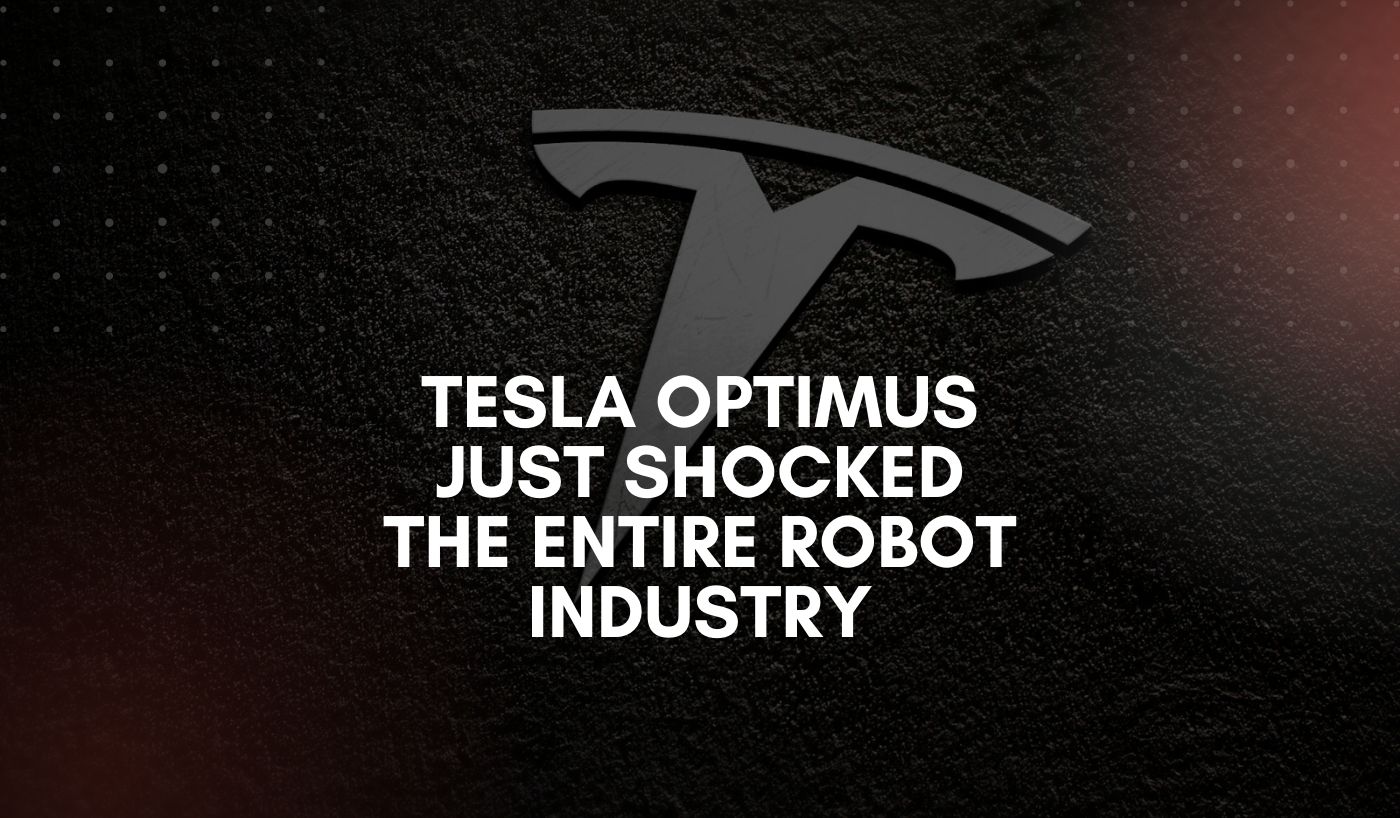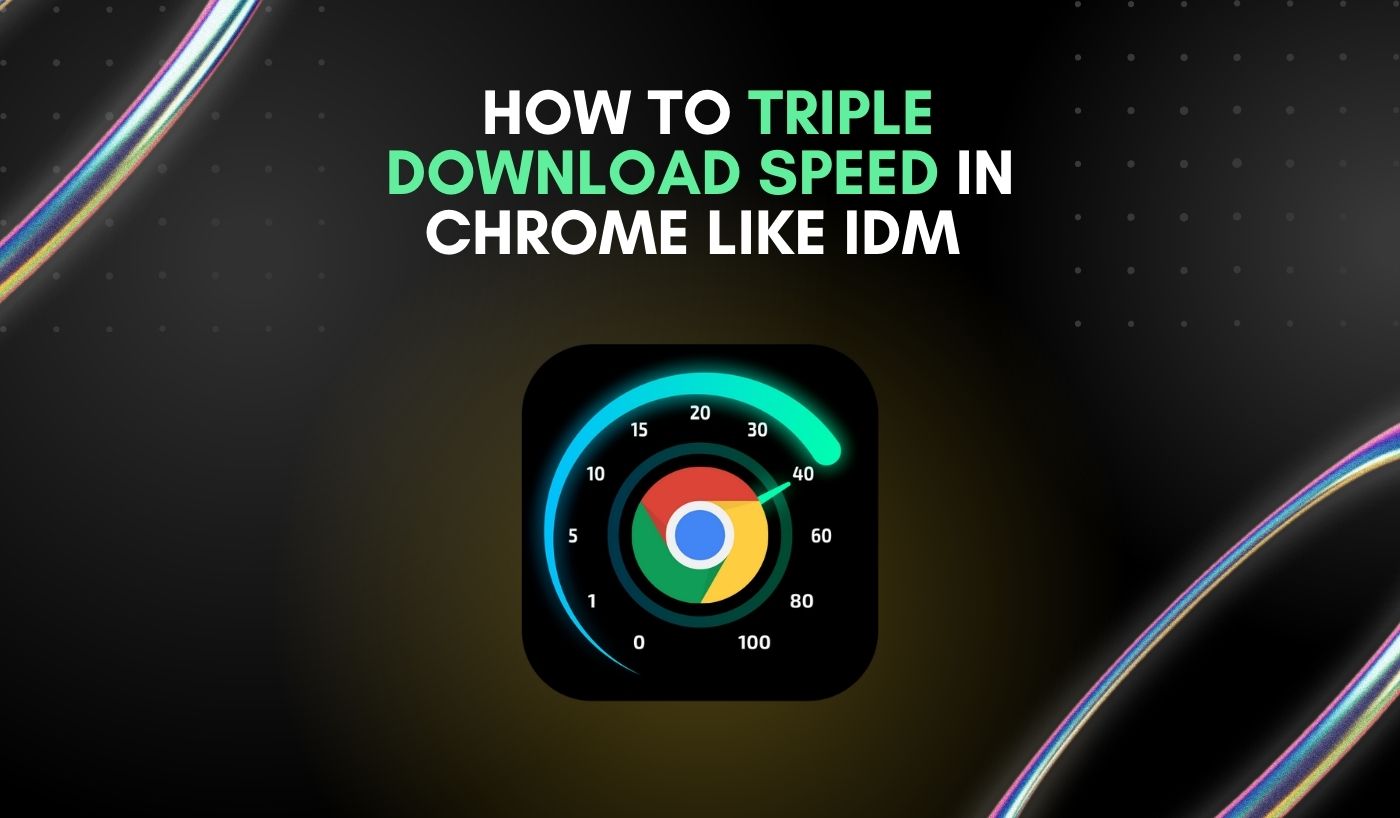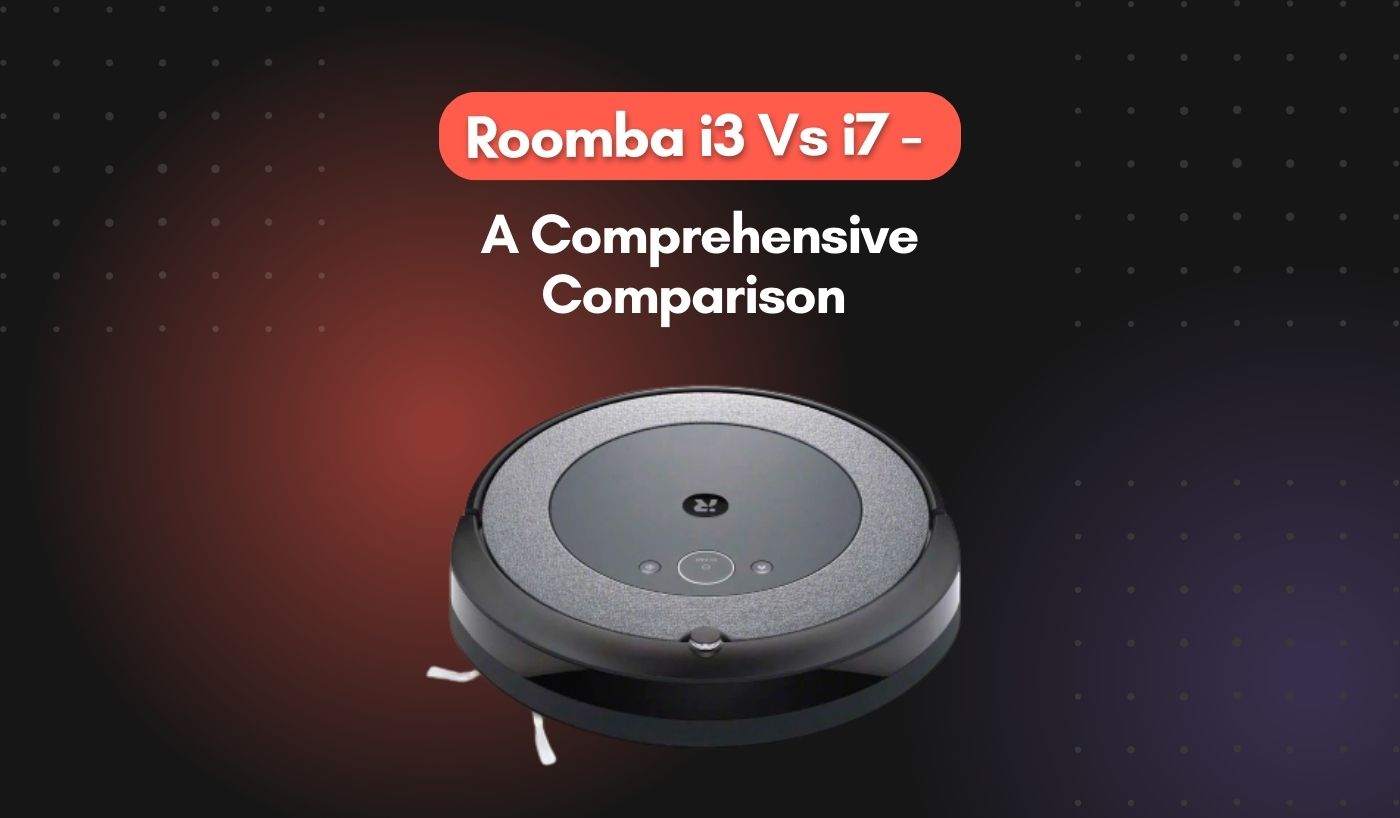In a surprise move, Tesla unveils its Optimus Robotic Gen 2, showcasing major robotic advances. Optimus represents a milestone in AI’s current technology, from human-like skills to recognition skills. With applications ranging from the marketplace to indoor transportation, Tesla is solidifying its position at the forefront of technology.
Tesla’s recent findings once again defied expectations in a converging trend in the robotics industry. A year ago, Tesla showed impressive progress, and more recently, it released the Optimus Robotic Gen 2 to the public. While the new product is now known, Tesla also shared insights on how people perceive and interact with operating systems, in addition to the robot’s capabilities this could be the basis for a radical change in their work.
A Game-Changer in Robotics
The robotics industry is enthusiastic about Tesla’s latest product, the Optimus Robotic Gen-2. Optimus shows exquisite growth within the industry with its streamlined design and incredible improvements. The journey from optimism to reality has been super. At the AI Day occasion 12 months ago, Tesla unveiled the primary look of Optimus, giving attendees the primary idea of what’s to come. Now it allows speed ahead to the prevailing while Tesla’s regular dedication to growth and improvement is quality verified by employing Optimus. Optimus is precise because of his exceptional flexibility and agility. Optimus mimics the human mastering system by analyzing and growing itself, in contrast to conventional robots which are confined by using pre-programmed instructions.
This potential leads to in reality study opens up a global of possibilities fruitful, from routine obligations to tough boundaries. Furthermore, Tesla’s emphasis on effort and human-like communication is proven inside the character of Optimus. The humanoid hand’s capability to perform delicate tasks and its speedy movement makes it a flexible tool. Optimus is a recreation-changer poised to transform markets and reimagine our relationship with innovation as Tesla keeps pushing the bounds of robotics. With each improvement, Tesla solidifies its role as a frontrunner within the fast-developing robotics enterprise.
You May Also Like This: Most Trusted Emulators for PC
The Evolution of Optimus
The adventure from Tesla’s ideas to the information of Optimus Robotics marks a vital shift in robotics. Originally supplied as a skeletal prototype at an AI Day occasion in September 2022, the Optimus emerged as proof of Tesla’s assault on humanoid robots. And no matter its fundamental form, the prototype showed the agency’s reason to trade the enterprise. Fast forward to September of the following 12 months, when Tesla unveiled the primary generation of the Optimus, and it revealed predominant enhancements in electricity and layout.
- Inception at AI Day: Tesla’s Leap into Robotics
- Prototyping the Future: Unveiling Optimus Gen 1
- Advancing Humanity: Optimus Gen 1’s Revolutionary Features
- A Quantum Leap: Introducing Optimus Gen 2
- Built to Excel: Tesla’s In-House Components Revolutionize Robotics
- Learning to Adapt: Optimus Gen 2’s Autonomous Learning Capabilities
- Charting the Course: Tesla’s Vision for the Future of Robotics
Inside the Mind of Tesla’s Optimus
Tesla’s Optimus Robotic Gen 2 isn’t just a lovely design; It additionally suggests the energy of independent know-how. Unlike normal robots that rely upon gestures, Optimus works on bleeding basic systems. Through his getting-to-know talents, Optimus can adapt and develop, appearing tasks without a set recommendation. It is powered by way of Tesla’s synthetic intelligence, which lets Optimus analyze its surroundings and optimize its overall performance through the years. By gathering and analyzing statistics, Optimus maintains to improve his overall performance, pushing the limits of what’s possible in robotics. Navigating hard surroundings, Optimus represents a brand-new era of independent artists where boundaries genuinely demand situations to triumph over. With every interaction, Optimus blurs the road between man and system, demonstrating the power of AI to reimagine agencies and remodel the future of automation.
Optimus vs. Atlas: The Battle of Autonomous Robots
In the field of autonomous robots, two titans stand out: Tesla’s Optimus and Boston Dynamics’ Atlas. While both involve advanced innovation, their strategies and capacities differ significantly. Optimus, with its self-learning AI and human-like dexterity, represents Tesla’s concept of versatile humanoid assistance capable of adapting to various occupations quickly. Atlas, on the other hand, was designed by Boston Dynamics and boasts exceptional dexterity and mobility, with an emphasis on athletic aptitude and energetic activity. Nonetheless, Atlas lacks the independent knowing capacities that Optimus possesses, instead relying on hands-on demonstrations. The world watches anxiously to witness the mythology of advancement and rivalry in the field of autonomous robots as the battle between technical titans heats up.
The Economic Impact of Tesla’s Humanoid Robot
The discussion over Tesla’s Optimus robot Gen 2 has shifted from its scientific marvels to its potential economic implications. A new age of efficiency and performance might be ushered in by the development of humanoid robots across several industries, essentially altering the characteristics of traditional labor. To begin with, encouraging Optimus in manufacturing and establishing traces may also enhance production tactics, leading to increased productivity and decreased labor costs. As Optimus becomes more adept at finding work on his own, the need for the whole human path becomes less necessary, freeing up resources for advancements in technology.
Moreover, the effective use of humanoid robots may lessen the scarcity of hard workers in organizations facing difficulties with high workloads. Retail, hospitality, and healthcare sectors may all gain from Optimus’ assistance with tasks ranging from buyer care to customer treatment, reducing the burden on current staff members and enhancing solution satisfaction. The availability of economical hiring or leasing options for Optimus can further level the playing field in terms of customer access to advanced robots.
Small firms, particularly start-ups, may benefit from Optimus’ capabilities without incurring significant upfront costs, supporting company expansion and growth across industries. Furthermore, Optimus’ absorption has an influence that extends beyond Earth. By launching pre-excursion and colonization applications, Optimus can greatly contribute to prolonging human life beyond Earth while also offering new prospects for economic and medical research and development.
The Future of Robotics
Elon Musk’s vision for the future of robotics is more than simply passionate; it’s intelligent. With Optimus, Musk seeks to rethink our relationship with innovation, imagining a world in which autonomous robotics effortlessly blend into our daily lives. From housework to local trips, Musk sees Optimus as an adaptable solution to a variety of difficult scenarios. Beyond only power, Musk’s innovative and prescient vision includes the larger impacts of robotics on the way of life, business economics, and potentially the future of the human race itself. As Optimus continues to evolve, Musk’s vision is ready to emerge as the true foundation of our technological future.
Final Thoughts
As the dust settles on Tesla’s maximum recent location, one factor turns abundantly clear: the age of self-reliant humanoid robots is coming near, and Tesla is main the charge. With Optimus Gen 2, the bounds of what’s possible had been driven even farther, leaving industry competitors scrambling to seize up. This step forward has far-achieving outcomes, starting from rethinking markets to shaping the destiny of region expeditions. As we replicate what Tesla has achieved, we can’t help but be surprised by what lies ahead on this exciting adventure of technological growth.





